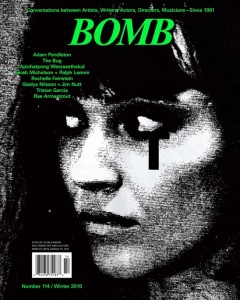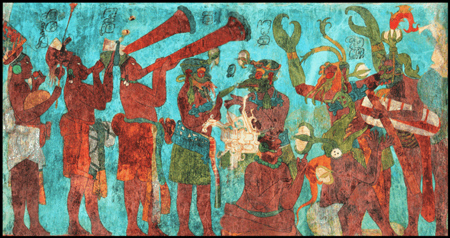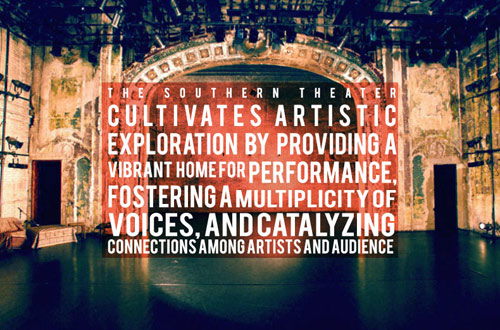cross-posted to Dutty Artz

Check the latest issue of BOMB magazine for an in-depth interview with Kevin Martin AKA The Bug. BOMB has just upped an excerpt & audio clip. Here’s an excerpt of the excerpt:
Jace Clayton: You told me this anecdote: you were at a dub night in London; it was lit by one lightbulb. That’s how I remember you describing it—
The Bug: Oh, yeah. That was again a very pivotal moment for me. Just after I moved to London I went to see Iration Steppas and The Disciples do a “sound clash†together. I didn’t know what the hell to expect. It was at a warehouse in the East End. Literally, there was a sound system on either side of a quite small room with a lightbulb hanging above each, no stage, the audience trapped in the middle, and this head-shredding volume and over-the-top psychedelia. Every mix that each producer was playing would get more and more out-there. At first you would think, Oh, this is a nice reggae tune, and by the end you’d be thinking, Holy shit, this is electro-acoustic madness! People were looking stoned, shell-shocked, or both by what was hitting them. (laughter) It almost altered my internal DNA and how I appreciated music. Before I moved to London, I’d seen a very early Swans show and had realized just how much I loved physical impact in sound.
Photo by Niall O’Brien. Courtesy of Ninja Tune.JC Funny, every time we’ve played together I’ve always tried to leave the building when you were sound checking. It’s massive volume and you take it so seriously; oftentimes if the sound guy is not up to speed, you’ll let him have it. Can you talk about the importance of getting the sound you want in a live situation?
TB Boy, I guess I’ve got a bad reputation for being a bit finicky and demanding. Once you’ve had the experience of what music can be like, if you are a perfectionist and obsessive (like I realize I’ve become), you don’t want to compromise. I don’t follow the idea of making any type of compromise in my life, and definitely not in my music: music is my life. If you’re happy to shut up and let someone water down what you want, then you really shouldn’t be making music. It’s not important enough to you, you know? I believe in a hard-core mentality. Any art should be a pure reflection of the intention of the person making it, and any degree of compromise along the way is just going to lessen the impact of what that person is trying to do. As far as I’m concerned, the physicality of sound is crucial; it takes you beyond intellectual discourse, to very primal, psychological confrontations. I like what it can do to you: it can be seductive, it can be sexy, it can be aggressive, it can fuck you up, it can flatten you, it can wake you up. Intense musical experiences have changed how I live my life, full stop. To some people this may sound a bit over-the-top. My passion is music, and that is reflected in how I approach the live arena. Now, increasingly, when record sales are shrinking, it’s important to leave a statement, to walk away having done something memorable. Volume in itself isn’t memorable; anyone can turn the volume up to 12 and crush someone with it. That’s not impressive. It’s the constructions within the music that are important.















 Gregory Whitehead on ‘
Gregory Whitehead on ‘